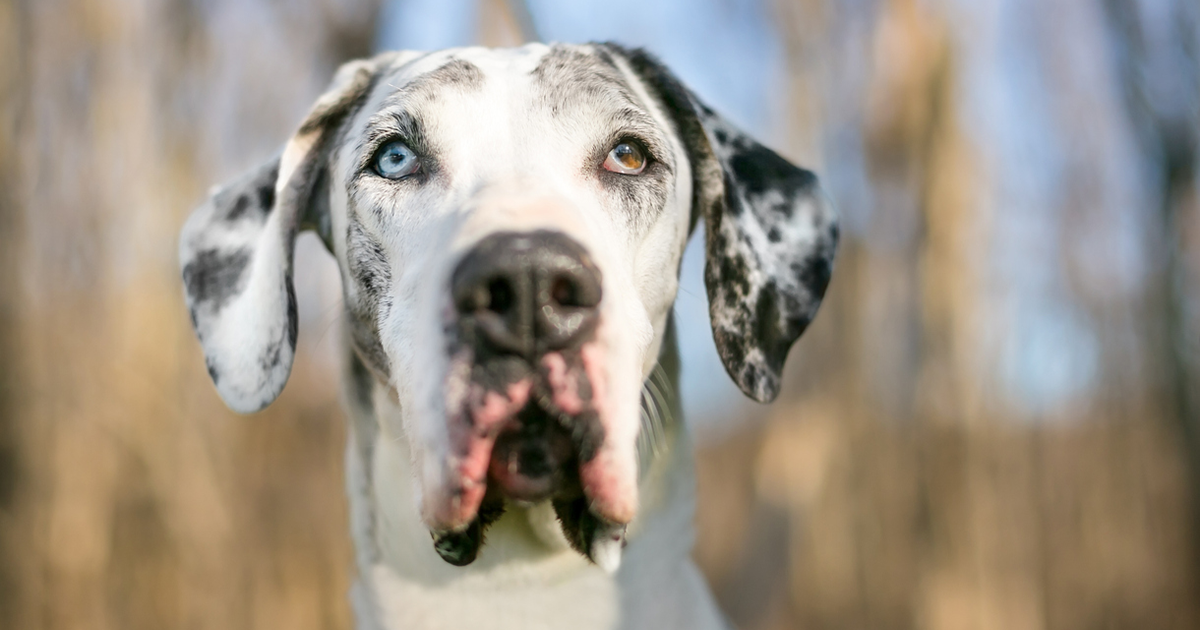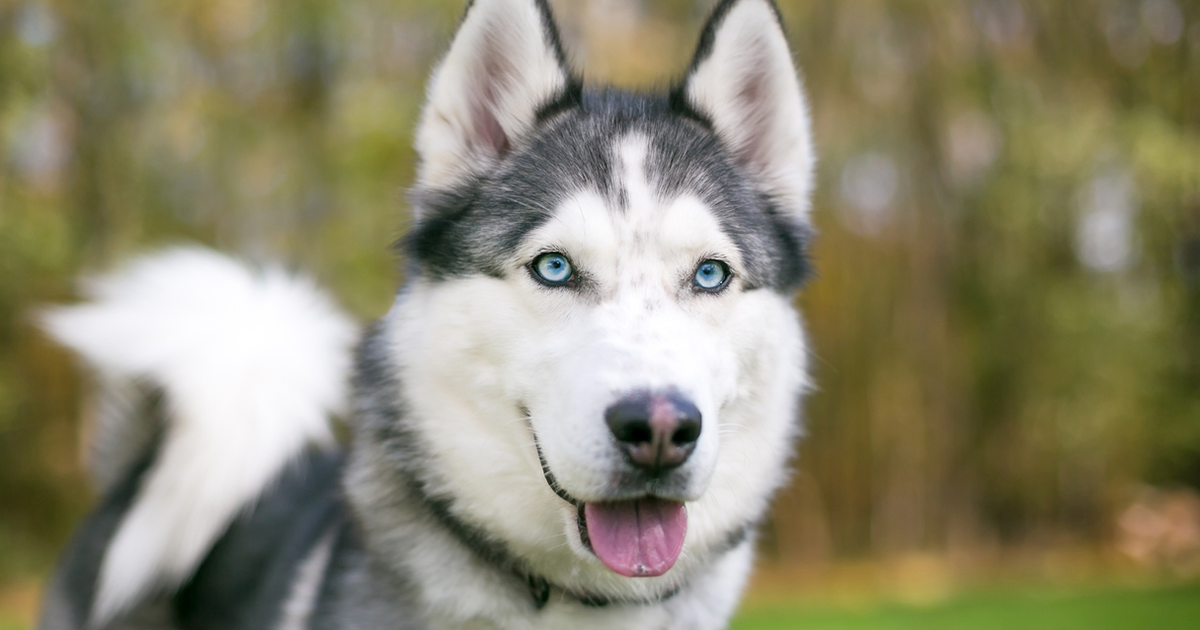It’s every dog parent’s worst nightmare: diarrhea. When your dog comes down with a nasty case of the runs, it can seem impossible to cure. All dogs are bound to visit Diarrhea Town eventually, but luckily for you, the long-term implications for your dog’s health are most likely nothing to worry about. Nevertheless, doggy diarrhea is a stressful experience, and a host of pressing questions immediately come to mind:
Is my dog OK? Do we need to go the vet? How am I supposed to pick up their poop when we’re taking a walk?!
Take a deep breath. The solids will return. To answer the last question—very, very carefully. Dog diarrhea is a common affliction that affects dogs of all sizes and breeds, and symptoms can vary accordingly. Here are a few tips and tricks you can employ to monitor your dog’s digestive woes and limit the duration and severity of this week’s episode of Doggy Diarrhea.


What Causes Diarrhea In Dogs?
Poop serves as a visual guide for the overall health and well-being of your pooch, so it’s important to understand the fluctuations in stool consistency, color, and coating that can indicate a potential diarrhea situation. Knowing these clues can unlock the mystery behind your pup’s tummy difficulties and allow you to gauge a potential source.
The digestive systems of dogs operate a bit differently than ours do, but we still share many of the same symptoms and causes. Common causes include:
- Stress/anxiety
- Eating spoiled or rotten food
- Eating grass
- Eating foreign objects like rocks, plastic, coins, or whatever they found in your closet
- Parasites, like giardia (common in puppies)
- Bacterial infections, like salmonella (no raw cookie dough!)
- Viral infections
- Antibiotics
- Overeating
Chances are, you’ve got a pretty good baseline idea of what your dog’s normal poop looks like. So when your dog squats down and something entirely unfamiliar comes out, it can be alarming. While most cases of diarrhea will go away on their own, you should contact a vet if symptoms persist for longer than a few days, or if the color is anything but brown (you know, traditional poop).


Diarrhea Consistency, Color, & Content
Vets use a “consistency scale” from 1–7 to diagnose a potential case of the squirts. A “1” rating means your dog’s poop is rocky and hard, a “7” means it’s pretty much completely liquid, a.k.a., diarrhea. The ideal poop consistency falls somewhere in the middle. It should be solid but squishy, log-shaped, and roughly correspond in size to the amount of food they ate.
Related Article: “When Is Your Dog’s Poop Alarming? And Why Is There A Picture Of Chocolate Cake?“
As far as poop color is concerned, certain shades and hues can tell us a lot about potential diarrhea origins. For instance:
- GREEN: Most likely, your dog ate too much grass. Remember, your dog is not a cow.
- RED: Bloody poop. Check your dog’s rear end for cuts and scrapes.
- BLACK: Could indicate bleeding in the upper gastrointestinal tract. Call the vet immediately!
- ORANGE/YELLOW: Could be a liver, gall bladder, or bile duct issue. Call the vet! This is serious.
- WHITE SPOTS: Could indicate the presence of parasites, like a tapeworm. Definitely call.
- BROWN: Normal! Hooray!
When it comes to foreign objects like coins, rocks, or plastic showing up, keep an eye on your dog’s poop to see if the color and consistency returns to normal.
Undigestible objects can cause inflammation and irritation, so there will be a period of adjustment for your pup as their GI tract works to flush out the irritant. You may even have to get down and dirty with a pair of gloves and conduct a thorough search to make sure everything is in the clear.


At-Home Treatments & Cures For Dog Diarrhea
As tempting as it is to simply toss a few TUMS chew-ables into your dog’s bowl, human medications can cause adverse reactions for dogs, so it’s important to consult your vet before beginning any at-home medical treatment. Having said that, there are strategies you can try at home to alleviate your dog’s diarrhea and get them back on track.
Many cases of diarrhea are mild, and can be corrected without scheduling an appointment. Keep in mind: for puppies and seniors, frequent bouts of diarrhea can be cause for concern and should be treated by a professional dog doc, as they need nutrients and electrolytes more regularly. But for most mild cases, common anti-diarrheal tactics include:
Fasting
Restricting your dog’s dietary intake for 12–24 hours can relieve inflammation and allow your pup’s tummy to settle, eventually clearing out the irritant and paving the way for a swift recovery. Make sure your four-legged friend is staying hydrated!
Simple Foods
Plain white rice, plain yogurt, cottage cheese, skinless boiled potatoes, pumpkin puree, and dog food formulas designed to treat sensitive stomachs can normalize puppy poo and alleviate the symptoms of diarrhea.
Supervision
Monitor your dog’s backyard adventures and park excursions to see if they’ve picked up any bad habits that could be contributing to their diarrhea. If you see something, say something—like “No! Stop eating wood chips!” Curbing destructive eating habits can help prevent future cases and stabilize your dog’s diarrhea in the short-term.


When To Visit The Vet For Diarrhea
You know your dog well enough to determine if they’re experiencing a normal case of Montezuma’s revenge or if they are dealing with severe symptoms—such as lethargy, fever, and vomiting—that hint at something more sinister.
If and when you finally decide to book an appointment with your dog’s veterinarian, a common medication they will prescribe is Metronidazole, a powerful antibiotic primarily used to treat diarrhea and inflammation of the large intestine.
How To Prepare For A Vet Appointment
Take Pictures
You know how to do this (your dog probably has their own Instagram). Just don’t post these photos to their feed. Show the vet so they can gather an accurate picture of the doggy diarrhea and help you find a solution.
Collect A Stool Sample, If Possible
Yes, it’s disgusting, but throw on a pair of protective gloves and gather what you can. Put it in a bag, keep it refrigerated, and bring it to the vet for examination. This will help the vet diagnose your dog.
Follow The Treatment Plan
Sure, you might think you know how to cure diarrhea, but vets are trained to accurately prescribe treatment for furry friends of all shapes and sizes. Make sure you follow the directions to a tee. This is your dog’s health we’re talking about here.


Congratulations! You’ve now completed Dog Diarrhea 101. We hope you enjoyed the class.






